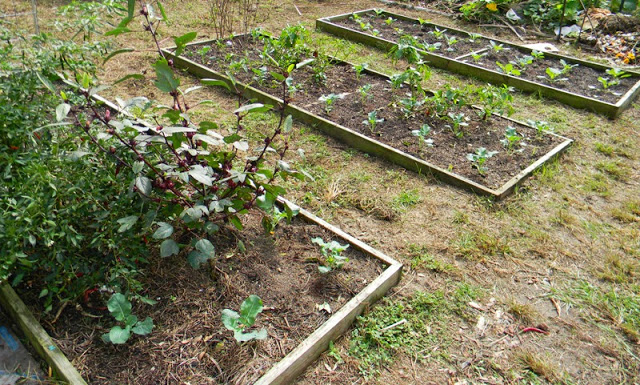High Calories + High Nutrition + Easy to Grow = Smart Survival Gardening
It’s time to get serious about survival gardening. Too many of us still grow our gardens like we’re hobbyists.
“Mmm… let’s see… I think I’ll plant some jalapeños for salsa, some nice lettuce, and maybe we’ll try peas again…”
There are lots of vegetables that are fun to grow—but they’re not the kind of crops that will sustain you through tough times.
I believe there are three main considerations you should take into account when planning a survival garden: calories, nutrition and ease of growing. Today I’ll take a look at all three and help you think through good options for each.
Gardening with Calories in Mind
Have you ever tried to fill up on salad? It’s not easy unless you load up on the croutons, dressing, shredded cheese, bacon bits, olives…
Try filling your stomach with plain lettuce. There’s really not much to run on.
A survival garden’s primary focus should be on keeping you and your family filled up and running. Going without enough calories dulls your mind and saps your strength, so plan them in when you grow your garden.
Grains are one of the most common sources of calories; however, they don’t usually make much sense to grow on a small scale due to the large amount of work that goes into harvesting and processing them. There’s also mounting evidence that some grains really aren’t all that good for you (I’m looking at you, wheat!).
Roots are the best options for a survival garden due to their high caloric yield and ease of preparation for the table.
Potatoes are the king of root crops since they’re high calorie, easy to grow, produce good yields and are also decent nutritionally. I’d follow them up with sweet potatoes and turnips. If you have at least a subtropical climate, you can also grow some of the super-productive root crops from the tropics such as cassava and true yams.
Other possibilities include beets, carrots, daikon radishes and rutabagas.
Gardening with Nutrition in Mind
Once you’ve planned in lots of roots, it’s time to think about the wide range of vitamins and minerals that will keep you in good health.
Some of the best sources of nutrition are wild foods such as nettles, berries, nuts and various foraged greens; however, there are quite a few very healthy vegetables worth planting as well.
One of my favorite is kale. Every fall we plant a big bed of kale and other greens, allowing us to eat salads through the winter. Your climate may not allow this luxury; however, if you grow a good round of nutritious vegetables like cabbages and carrots into the fall, they can often be stored for a decent portion of the winter. (All winter, if you ferment the cabbage into sauerkraut!).
In your survival garden, just skip the lettuce and go for health-packed vegetables like turnip greens, beets and broccoli. Onions and garlic are both nutritious and medicinal, so plan some of those in—plus, don’t forget the herbs! Rosemary, oregano, mint, parsley—these are nutrient-dense and healing.
(CLICK HERE to READ THE REST over at LewRockwell.com)


4 comments
What is your definition of high in calories, David?
Potatoes or any root vegetable have only about 100-125 calories/med. size.
Just on a relative scale to tomatoes, greens, and other common vegetables. For example, a potato contains over three times the calories of a comparable weight of spinach.
Yeah, but David, spinach makes a better quiche!
That said, I have had actual luck with growing Swiss chard as opposed to spinach, and it works as a great spinach substitute.
True true.
Comments are closed.